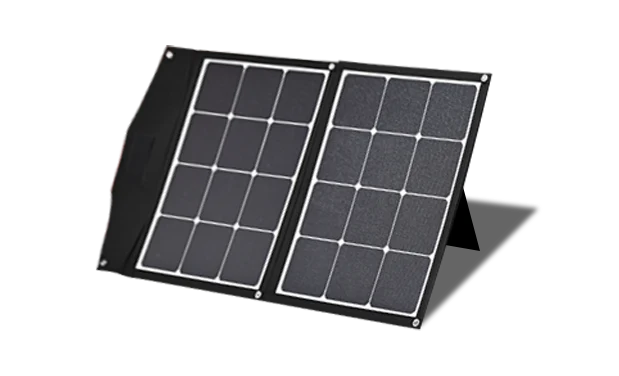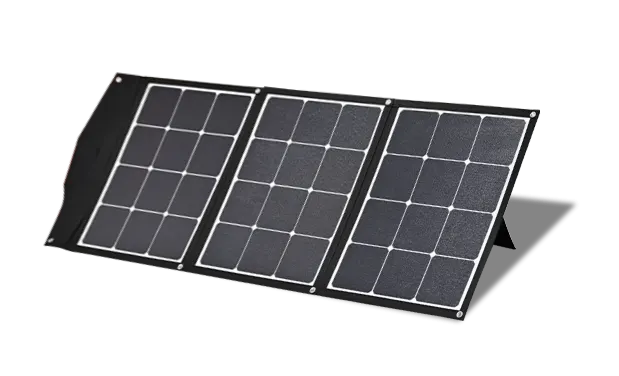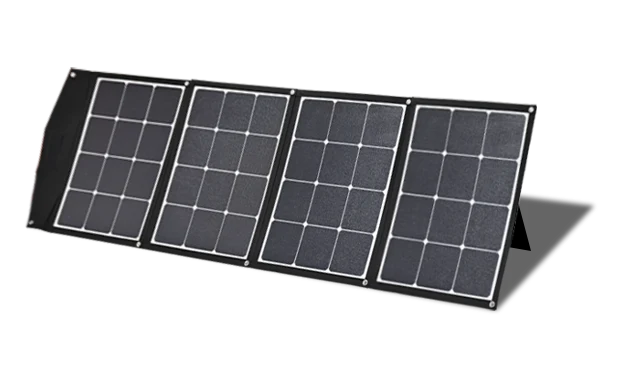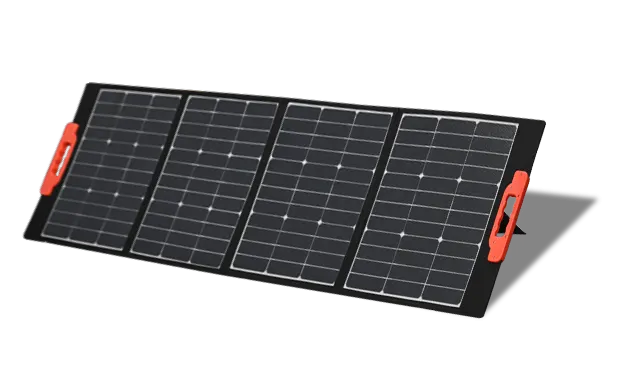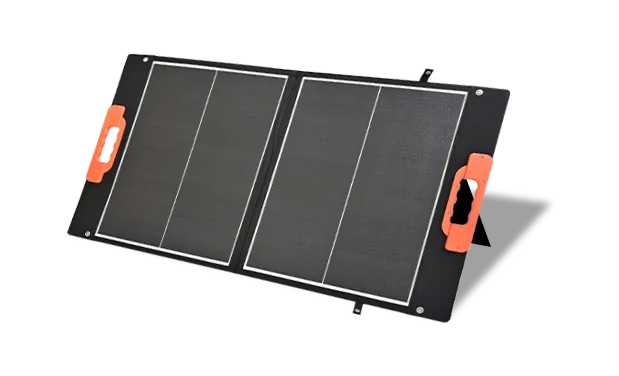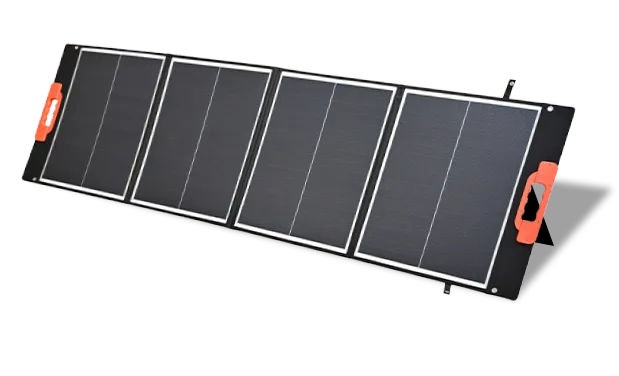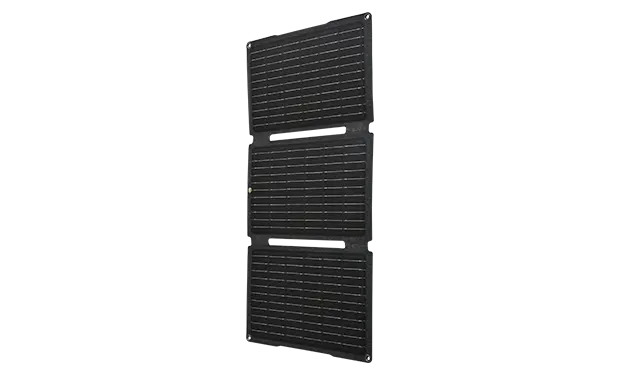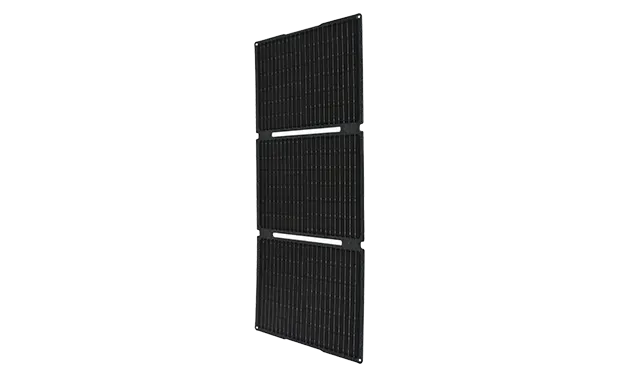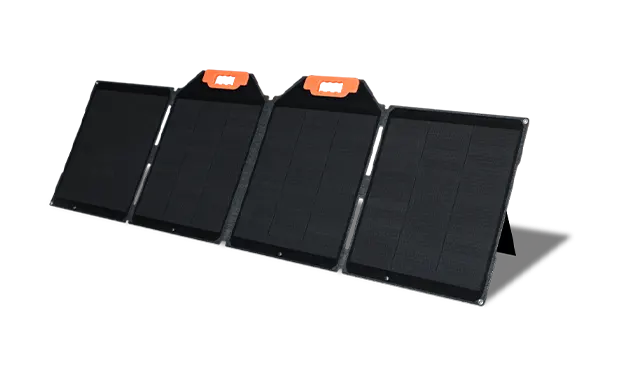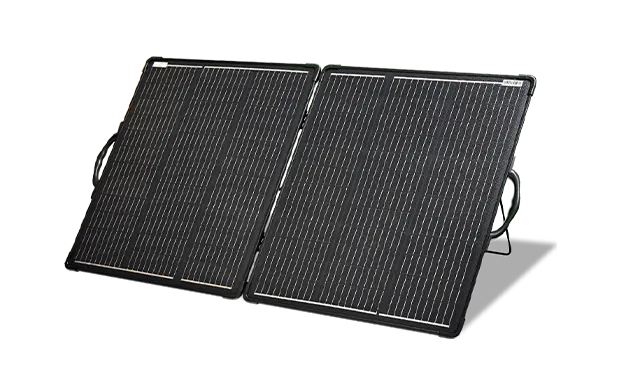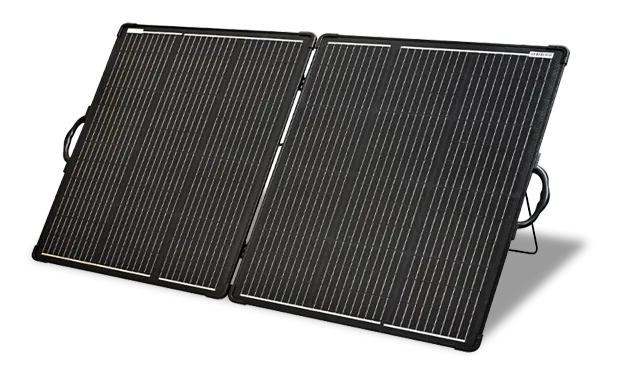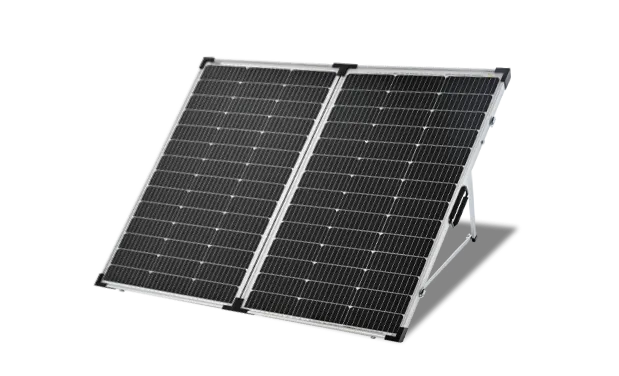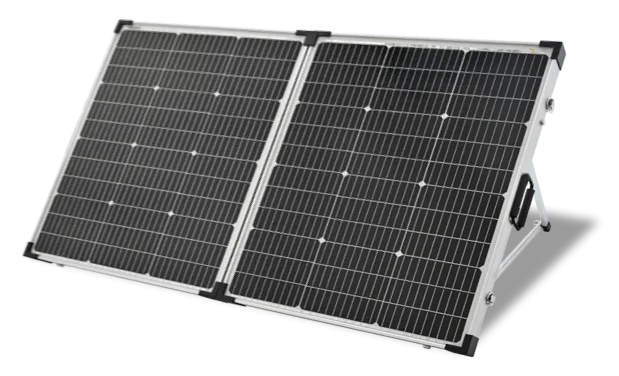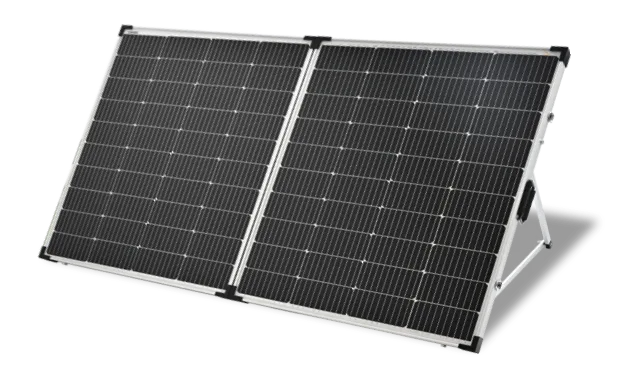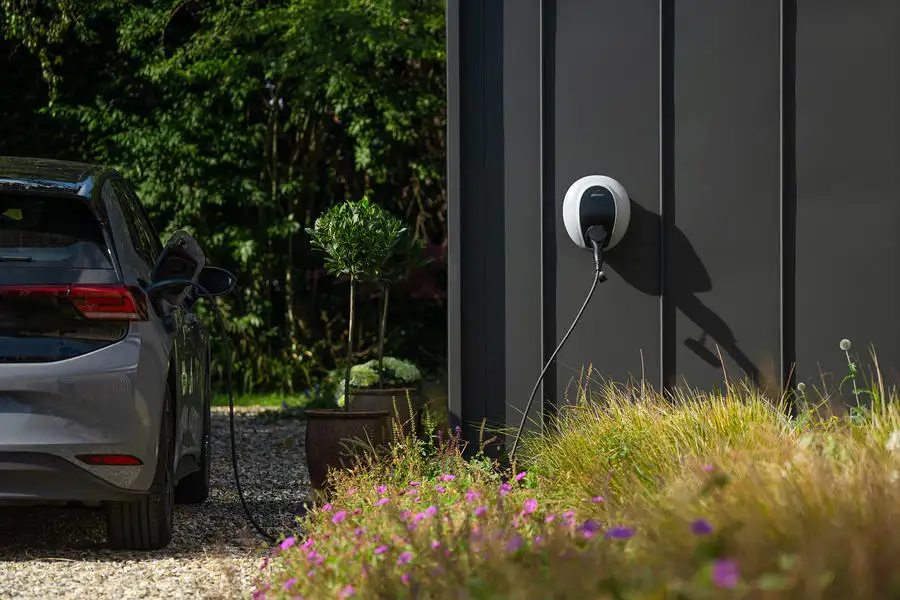In the quest for clean, renewable energy, electric cars (EVs) have emerged as a powerful solution for reducing our reliance on fossil fuels. But what if we could go a step further and use the sun’s energy to charge our cars? In this article, we reveal the ability of portable solar panels for EV charging, the number of panels required for efficient charging, and solve an interesting problem.
What are portable solar panels for EV charging?
Portable solar panels for electric car (EV) charging are compact and mobile solar power systems designed to generate electricity from sunlight and use it to charge the battery of an electric car. These portable solar panels offer a convenient and sustainable way to charge EVs, especially in off-grid or remote locations where traditional charging infrastructure may not be available. Here are some key features and considerations for portable solar panels used for EV charging:
Compact and Lightweight: Portable solar panels are designed to be easily carried and transported. They are often foldable or collapsible, making them compact and lightweight for convenience during travel.
High Efficiency: These solar panels are engineered for high efficiency in converting sunlight into electricity. Higher efficiency means more power can be generated from the available sunlight.
Portability and Versatility: These solar panels are suitable for various outdoor activities such as camping, hiking, road trips, and emergencies. They provide a versatile and independent power source for EVs.
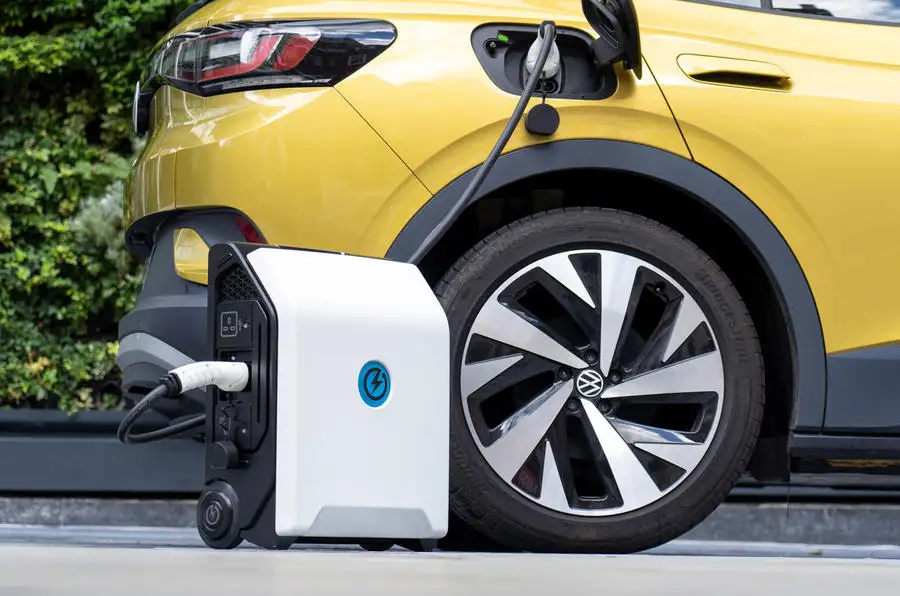
Key features of portable EV solar chargers include:
These portable solar panels are a sustainable, eco-friendly power option for outdoor enthusiasts, campers, or people who need to recharge in areas where power is unavailable. Users can use solar energy to charge electronic devices by exposing the panels to sunlight.
- Lightweight and portable: The design is compact and lightweight, making it easy to carry and use.
- Folding design: Some models can be folded up to reduce the size and make it easier to carry and store.
- USB interface: Often equipped with a USB interface, it can be directly connected to various devices, such as mobile phones, tablets, cameras, etc.
- Built-in battery: Some models have built-in batteries that can store power for emergencies when sunlight is insufficient.
- Outdoor activities: Suitable for outdoor activities, providing a convenient power solution for places far away from power sources.
Charging electric cars using portable solar panels
Portable solar panels can be used to generate electricity from sunlight, which can then be used to charge the batteries of electric vehicles. Here are the general steps for charging an electric car using portable solar panels:
Choose portable solar panels: Choose portable solar panels that are compatible with electric vehicle charging systems. Make sure the solar panel has the required outputs and connectors to connect to your car.
Introducing sungold solar panels, a breakthrough solution for clean, efficient, and sustainable energy.
This BXF series 200 watt portable solar panel is designed for use with power stations to easily charge your electric vehicle using solar energy. Its unique foldable design makes for easy storage and transport, while its IP67 rating ensures it can withstand the elements, even during rain showers.
- When unfolded, the panel size is 2245*678*18mm, and when folded, the panel size is 678*560*40mm.
- Weighing only 8.95KG, this lightweight solar panel is ideal for mobile charging of electric vehicles, allowing you to explore freely with a minimal carbon footprint.
- Set up solar panels: Set up portable solar panels in an area exposed to direct sunlight.
- The panels need to be positioned to capture as much sunlight as possible. Some portable solar panels come with adjustable stands or mounting options for this purpose.
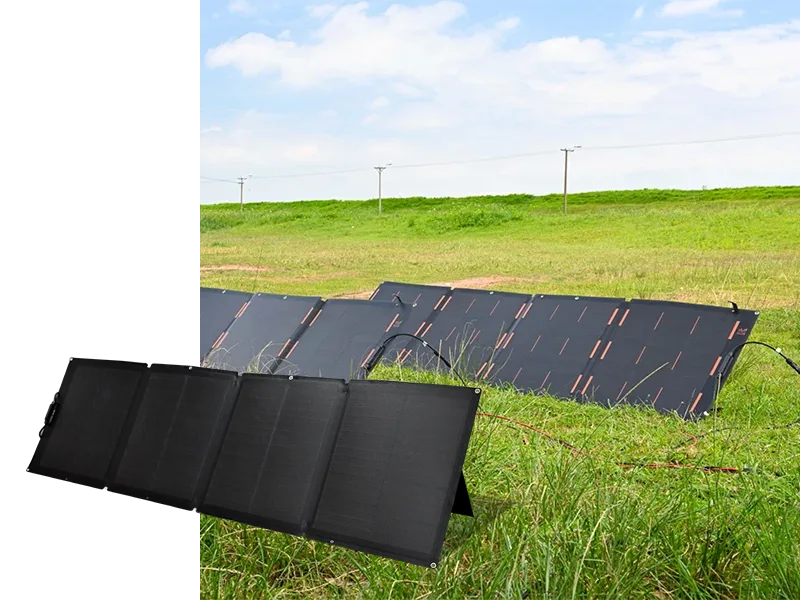
How do I connect my portable solar charger to my EV?
It’s worth noting that charging speeds may vary based on factors such as the capacity of the portable solar panel, sunlight conditions, and the battery capacity of the electric vehicle. Portable solar panels can provide a convenient and environmentally friendly way to charge electric vehicles.
Connect to a charge controller: Many solar panel systems include charge controllers. Connect the portable solar panel to a charge controller, which helps regulate the current and prevents the battery from overcharging.
Connect to an electric vehicle charger: Connect the charge controller or inverter (if applicable) to the electric vehicle’s charging port. Make sure you use the appropriate connectors and adapters to meet your electric vehicle charging requirements.
Monitor charging: Monitor the charging process to ensure that solar panels provide stable power to electric vehicles. Some portable solar panel systems have monitoring capabilities that can display real-time power generation.
How many portable solar panels do you need to charge your electric car?
To determine the number of portable solar panels needed to charge an electric vehicle (EV), you need to first understand the factors at play.
Electric vehicle battery size: Electric vehicle (EV) battery size is measured in kilowatt-hours (kWh). This represents the amount of energy the battery can store. For example, battery options for the Tesla Model 3 range from 50 kWh to 82 kWh.
The energy required to charge a battery: The energy required to charge a battery depends on its current state of charge (SOC). For example, if your 50 kWh battery is at 50% SOC, it will require 25 kWh of energy to fully charge it.
Solar panel energy output: Portable solar panels are valued by their power output in watts. Portable solar panels typically range from 50 W to 200 W. Actual power output may be lower due to factors such as weather conditions, panel angle, and efficiency.
If we consider that one portable solar panel is capable of producing 1 kWh of energy per day, then you would need approximately 75 portable solar panels to charge the Tesla car battery from 0% to 75% per day. Note, however, that this is only a rough calculation and the exact number of solar panels required will vary based on the specific EV model and personal driving habits.
Why hasn’t solar energy been widely used for EVs?
This is a very common problem we see. Electric cars run on electricity, so why not just install solar panels?
It all depends on the surface area available.
In other words, there simply isn’t enough room on the vehicle to accommodate a large enough solar system.
For example, the Tesla Model 3 has 90 square feet of usable space, given its width and length. It has a smaller roof area, maybe 20 square feet of roof space available.
FAQ about portable solar EV charger
Can you charge an EV with portable solar?
Yes, you can charge an electric vehicle (EV) directly using portable solar panels. However, this depends on the size of the solar system, weather conditions, and your specific EV model. On cloudy days or during short winter daylight hours, you may need to supplement with grid power to charge your EV.
Can you charge an EV from a portable power bank?
Yes, you can charge an EV using specially designed portable power banks. These power banks, often referred to as “wheeled chargers,” have capacities ranging from 3 kWh to 9 kWh. They provide some driving range and can be useful for charging when no grid outlet is available.
How long would it take to charge an electric car with a portable solar panel?
Charging an electric car using portable solar panels typically takes 8 hours or longer, depending on the EV model, battery size, direct sunlight availability, and the capacity of the solar photovoltaic system.
Is there a solar-powered EV charger?
Yes, there are solar-powered EV chargers available. They use solar panels to generate electricity for charging EVs, either as standalone units or connected to existing solar power setups.
Final thoughts
In summary, portable solar panels offer a promising and environmentally friendly solution for mobile charging of electric cars. they may have limitations in terms of charging speed compared to traditional grid-connected charging stations. As solar technology advances, they become more efficient, compact, and convenient, making them an attractive option for outdoor enthusiasts, travelers, and environmentally conscious drivers.
While portable solar panels have not yet become a mainstream solution for charging electric vehicles due to a variety of factors, including sunlight exposure and the number of panels required, portable solar panels represent progress in the pursuit of sustainable energy and transportation. As innovation continues to emerge in this area, we can expect solar energy to become more integrated into our daily lives, making the future of electric vehicles (EVs) and clean energy even brighter.





